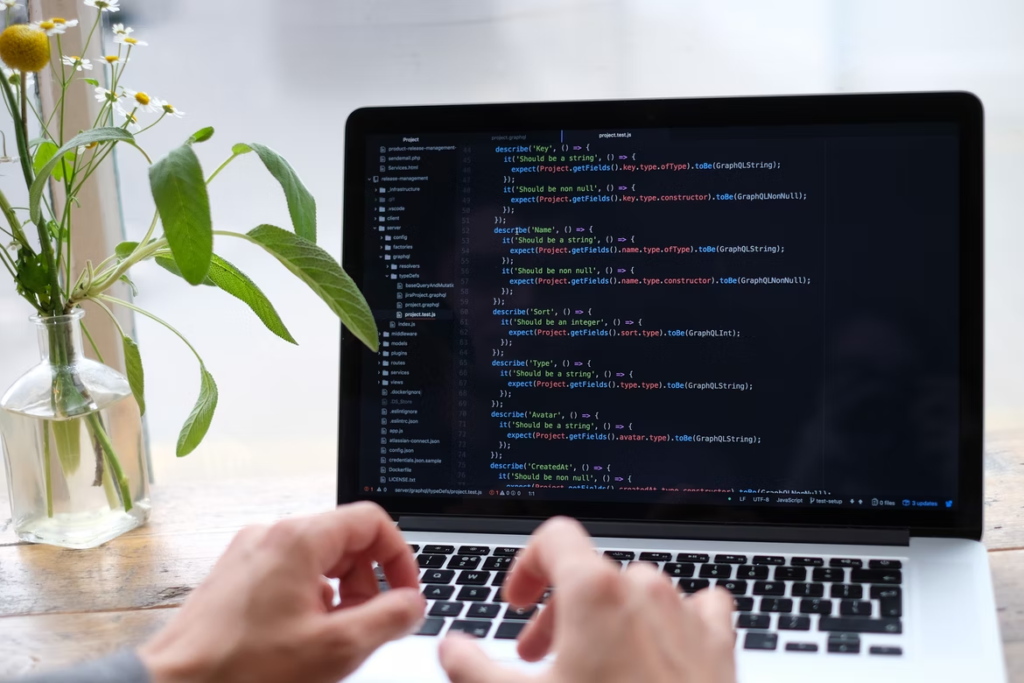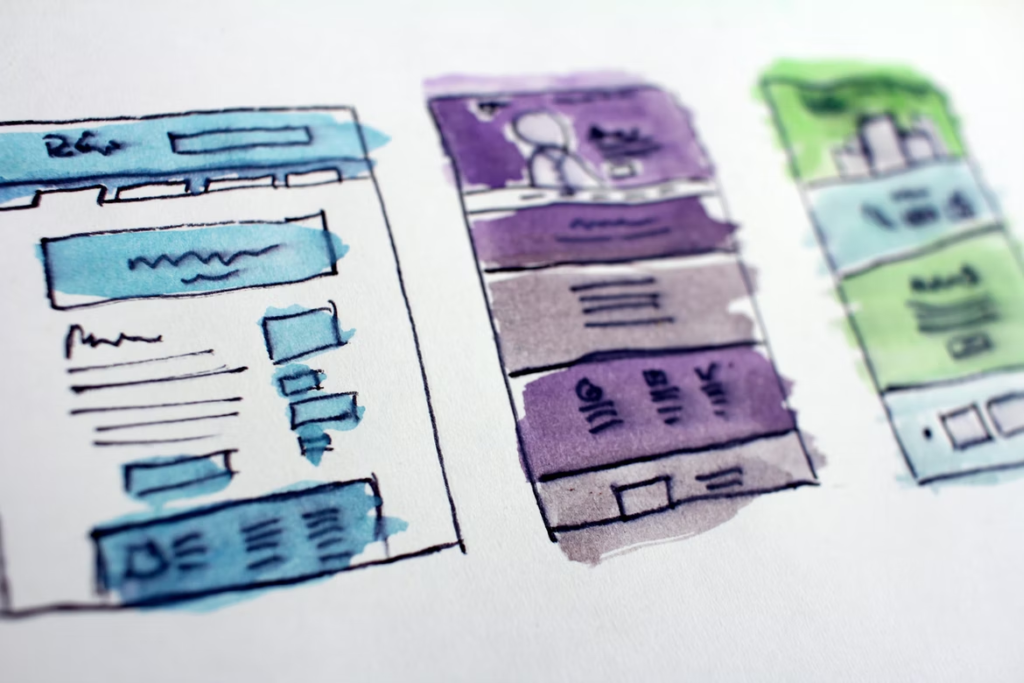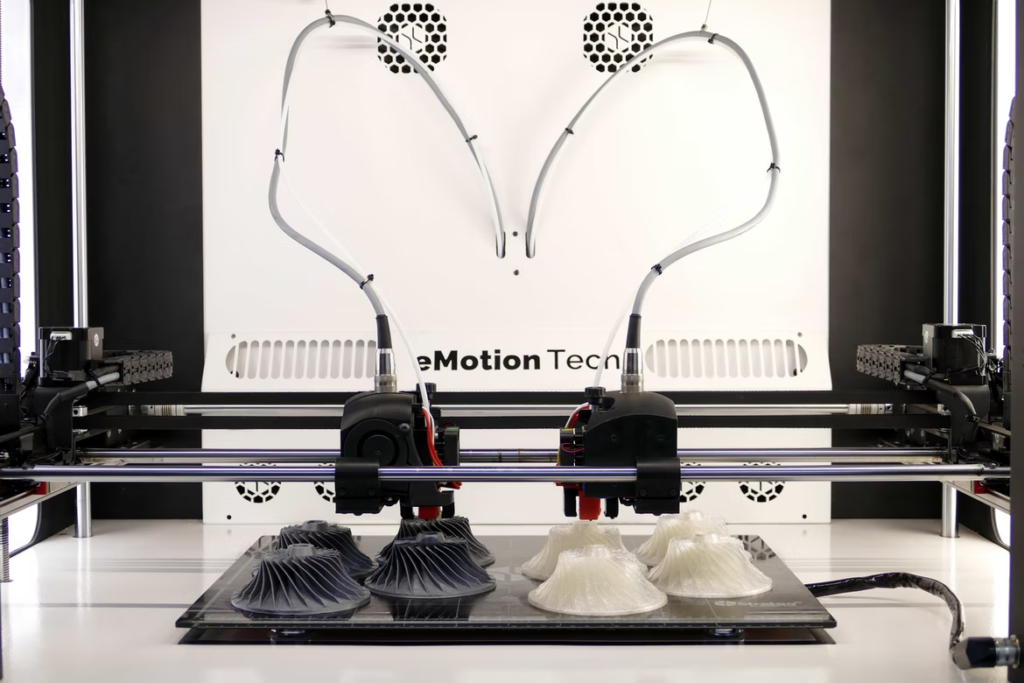Working on new product ideas is exciting and equally challenging. Innovators begin the process by identifying a market gap and brainstorming possible solutions to bridge it to improve workflows, human interactions and process efficiency. The product development process may seem linear from a general point of view. In reality, it is a complicated process that requires multiple iterations to refine the quality of software and hardware products. Implementing the most elementary problem-solving idea could take several days or weeks since the innovator or industrial design company needs to validate concepts and establish consistency between subsequent decisions.
How do multiple iterations work when dealing with prototype designs? When should the product development team utilize iterations? This article describes the differences between multiple iterations for software and physical product development life cycles. It also explains how innovators can leverage diverse data sets to speed up the development of innovative products like industrial robots and AI-based solutions that depend on machine learning and hierarchical data structures for their operation.
Do you have a physical product or mobile app idea you want to launch?
Multiple Iterations In Software Development
Software development is one of the most dynamic invention design processes. Enterprise solutions, mobile applications and standard computer applications require continuous updates to keep them operational and match the fast-changing information technology landscapes. Several software development platforms and programs exist in the market. When developing software, the innovator duplicates some critical codes across different sections or blocks of the program. Multiple iterations are necessary if the program is designed to perform repetitive tasks during its execution. An example of a repetitive activity when utilizing software solutions is the input of different data sets. The programmer or software developer declares blocks or code patterns, which are executed severally before writing the codes for executing other activities or commands.

Some program codes are repeatedly used during execution
Software developers use loops to specify multiple iterations for specific software. There are two ways to create multiple iterations when working on software products. They are:
- Functional programming
- Imperative programming
Imperative programming is suitable for creating codes with basic structures. These are relevant when developing simple programs that do not require complex operations, and the number of variables or quantity of data sets is smaller. The programming method uses commands such as “while loop” or “for loop.”
Functional programming, on the other hand, enables innovators to create complex software solutions. They are suitable for enterprise solutions like industrial book-keeping, logistics tracking, database management and other data-intensive operations. Platforms for designing these solutions contain advanced tools that extract codes declared for duplication and create new functions for more complex activities and data structures.
Benefits of multiple iterations in software development
Invention design is deeply rooted in software development processes. The advancement of programming languages enables innovators to develop easy-to-use, readily available mobile and web applications. These programs are compatible with various mobile devices, making them preferable among a wider demographic group. Software development follows the design thinking approach and places the end-user at the center of all decisions. The developer needs to conceptualize and create functional product prototypes before release and during subsequent software upgrades. Multiple iterations in software development have the following benefits:
- It enables the designer to visualize the intent and complexity of the code
- It simplifies bug identification and elimination for an ultimately robust software product
- Enables the developer to implement new changes, adjusting the program goals to match additional requirements and reviewer comments or consumer needs.

Product development teams should propose several product ideas
Do you have a physical product or mobile app idea you want to launch?
Multiple Iterations and Physical Product Development
We interact with different consumer products daily. Each physical product has unique features that set it apart from similar products in the market. The uniqueness and quality of consumer products depend on identifying and implementing the correct product concepts. It also requires collecting data regarding customer feedback and integration of manufacturing best practices. The product development cycle is non-linear. Every stage of development leverages research and experimental data. For context, the innovator or industrial design company must identify an actual market need. Developing new products without understanding the target market is a risky venture. Afterward, the product development team conducts rigorous comparisons with the existing products, pricing models, marketing strategies and distribution models.
Market research in itself is an iterative process. The innovator requires solid proof that a market segment exists. In actual development, the innovator should streamline concept development, prototype design, experimental methods and production activities. Product development teams can resolve a single consumer problem in several ways. However, not every concept is implementable. Some product concepts are futuristic on paper but difficult to implement.
During the conceptualization and design stages, the development team must repeatedly evaluate proposed ideas against the desired production and market goals. It implies that multiple iterations play a crucial role in ensuring the end products are functional, attractive and have the highest quality standards.
It is worth noting that the product development team is responsible for designing prototypes and realistic product models. At the design stage, the team utilizes manual and automated design tools. For instance, most developers use computer-aided design (CAD) software to visualize complex physical systems. They simulate these products by creating virtual environments mimicking the final application area. The designer comprehensively varies application conditions to identify how the end product behaves under different usage conditions. Simulations are conducted in loops or several instances. The designer must gather sufficient evidence that the proposed problem-solving mechanism is practical in its intended application.
When using multiple iterations, the product development team requires an inference point to make hierarchical choices. The results gathered from every stage of product development influence subsequent decisions and activities. Design and simulation results inform the development teams whether to initiate a prototyping process, redesign the proposed solution or discard the fronted concept and opt for a new one.
Relevance of Multiple Iterations In Rapid Prototyping
Every new product must undergo testing before full-scale production. After a comprehensive proof of concept, a software or hardware developer prepares a prototype. There are two ways to test product models:
- Releasing a functional model to a select group of testers in the target market
- Conducting in-house tests
The prototyping process requires multiple iterations. It explains why product development teams must use low-cost materials to create models with the most critical features or unique aspects of end products. Usually, the quality of the prototype determines the type of data the development team intends to collect. Is the product usable? How do the mechanisms work? What kind of materials ensure the best performance?
Companies with rapid prototyping capabilities will create multiple product variations. They use advanced manufacturing methods like CNC machining, 3D printing or injection molding. They can develop quick prototypes using readily available materials to showcase how systems work.

Multiple iteration allows you to 3D print prototypes faster
When prototyping, the innovator or industrial design company focuses on improving product features. They collect feedback from the target users or test teams and incorporate it in subsequent prototype designs. The tester describes how easy it is for them to utilize particular products. They also highlight usability challenges, predominant defects and material or feature incompatibilities. The team involved in product development takes note of all the benefits and shortcomings of their products.
The team uses this information to refine product designs. Some teams redefine their business objectives upon completing the pilot testing stages. Prototypes that pass the usability tests are forwarded to manufacturing teams for mass production, awaiting product launch and distribution.
Product development is competitive, and companies aim to shorten product development life cycles. Utilizing rapid prototyping techniques does not imply that the company will get the development process right at the first trial. A promising concept may end up as a poorly performing prototype. The company must establish measures to control prototyping activities, counter emerging design challenges and evaluate consumer feedback for an ultimate refinement of the final solution.
Other Practical Applications of Multiple Iterations
Multiple iterations are not limited to product development only. The technique is beneficial for computing, coding and prototyping. As a qualitative technique, it is applicable in education and mathematics. The users repeatedly conduct assessments or experiments to instill technical skills or introduce new or foreign concepts. Educators create evaluations to gauge the understandability of complex ideas. It enables learners to think critically and question norms.
Iteration is equally beneficial in the field of mathematics. Those who use multiple iterations in mathematics solve complex problems by identifying the fundamental functions and applying them repeatedly until a specific solution is found. The results achieved in one instance become the starting point in the next problem-solving stage, as one can do in numerical solutions.
Summing Up
The product development process is incomplete without multiple iterations. Repeating design, prototyping and testing stages allows the company to refine end products and minimize shortcomings or defects likely to impede the optimal performance of software and hardware products.
The use of multiple iterations for software products may differ slightly from the design of physical products. Product developers follow different paths to ideate, conceptualize and develop solutions. Iteration relies on previously acquired data to make decisions for subsequent activities and to improve the quality of the product development process.
